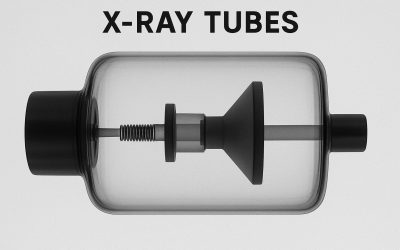Electrical motors are everywhere these days and have been around since the mid 19th Century. But did you know these motors work on a simple principle of magnetism created by electricity, or electromagnetism? Let’s look back at how the industrial electric motor got its start and into the roots of the basic principles behind it, to help you see how it all began.
About two centuries ago, Orsted noted the needle of a compass changed when an electric current was applied. In the same year (1920) Ampere invented the first electromagnetic solenoid. Solenoids work with a coil of wire, a spring with metal rod and housing. If you apply an electric current to the wire coil, it magnetizes the metal rod inside attracting it to another piece of metal. When electric current is released, the spring returns the rod to its original position.
Magnetic Rotation
In 1921, Faraday demonstrated how electromagnetism could create motion by suspending a magnetized wire within an electrified field. This was the forerunner of today’s industrial electric motor. One discovery after another occurred and by 1937, the first electric motor was patented in the United States by blacksmith Thomas Davenport.
Early motors worked on DC (direct current) but as alternating current (AC) entered the picture, stronger and more powerful motors were possible. In 1890 Dobrovolsky invented the three phase electrical motor. Typical household current utilizes single phase electricity but more power can be derived from three ungrounded separate phases.
Three phase power is more efficient because the load is shared between three conductors. Conductors can be smaller and this is why a typical three phase industrial electric motos is much smaller than many of its single phase counter parts. However, don’t let size fool you. The industrial electric motor is very powerful and provides many years of dependable service.








